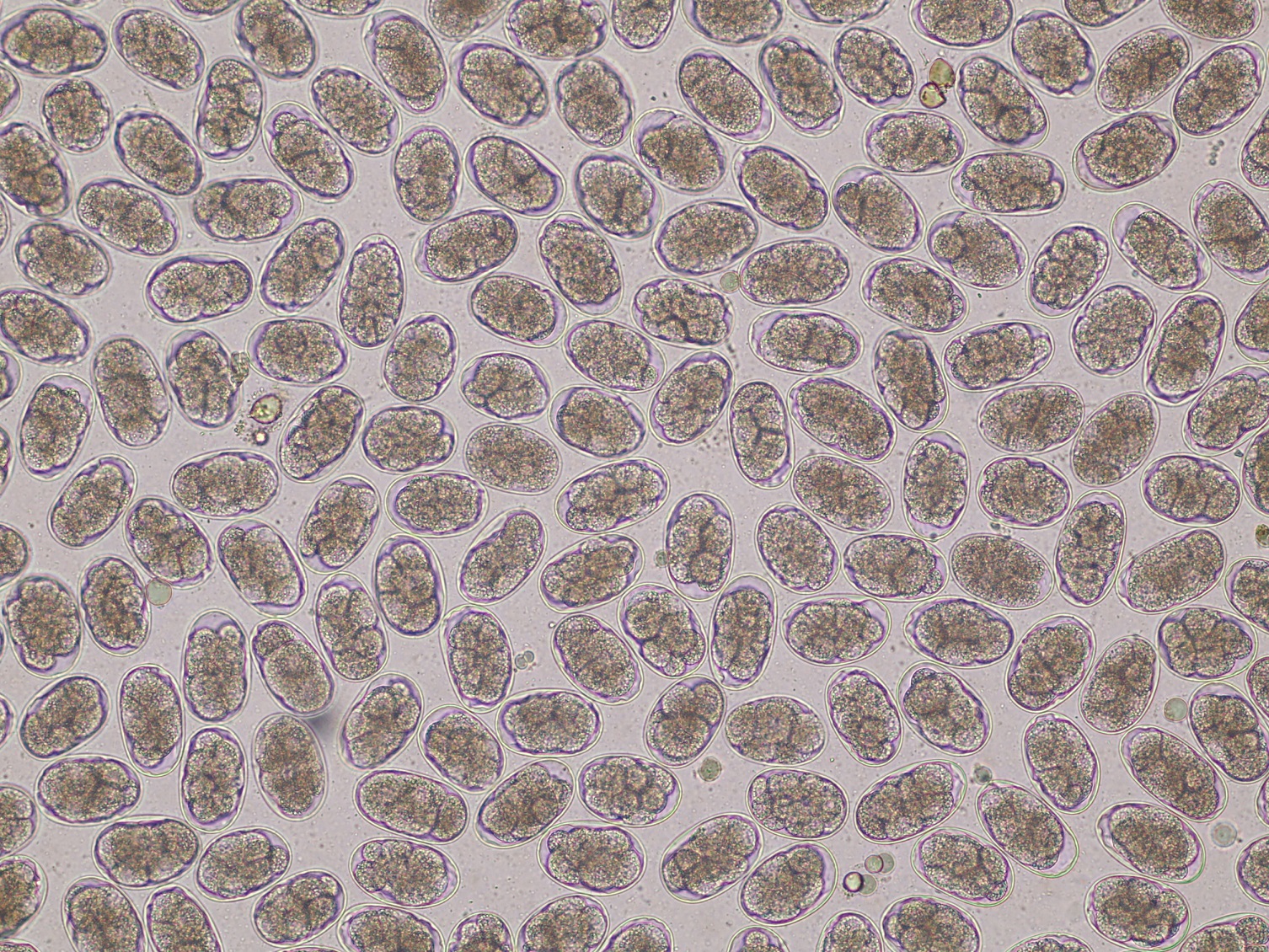Species: Cattle, sheep, deer, goats
Specimen: Tied off abomasum (for abomasal worm count); tied off proximal 10 meters of small intestine (for SI worm count); tied off cecum and colon to 25cm below spiral colon (for LI worm count).
Container: Secure, leak-proof container (e.g. plastic bucket with lid)
Collection protocol: Harvest organs at necropsy, tying off proximally and distally to prevent loss of contents.
Special handling/shipping requirements: Submit samples fresh in securely sealed container (e.g. bucket with sealed lid).
General information about the disease:
Grazing ruminants in New Zealand are rarely free of worm infection, though effects on stock health and productivity vary widely. Clinical effects of enteric parasitism include ill thrift, diarrhoea, anaemia, and death in severe cases. The degree of damage is influenced by the numbers and identities of the parasites present, host age, immunity, general health, and nutrition.
General information about when this test is indicated:
Post-mortem worm counts are used to determine the numbers and identities of gastrointestinal worm burdens in grazing ruminants. The procedure provides a more direct quantification of worm burden than FEC but is more costly and time consuming. Because the level and composition of worm infection may vary considerably between individuals, worm counts need to be performed on several animals in order to obtain meaningful information on the parasite status of the herd or flock as a whole.
In cattle and probably deer, worm counts should ideally include digestion or prolonged saline/water soaking of the abomasal mucosa, particularly in animals >1-year-old. This helps to detect early 4th stage larvae of Ostertagia and helps in the diagnosis of type II ostertagiasis, as well as allowing improved quantification of Trichostrongylus axei, which may remain adhered to the mucosa after washing.

